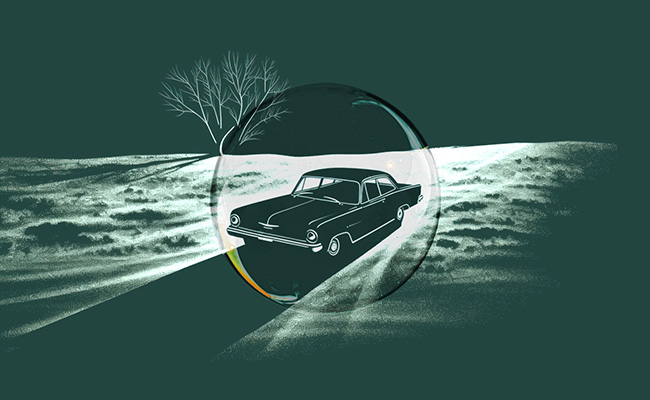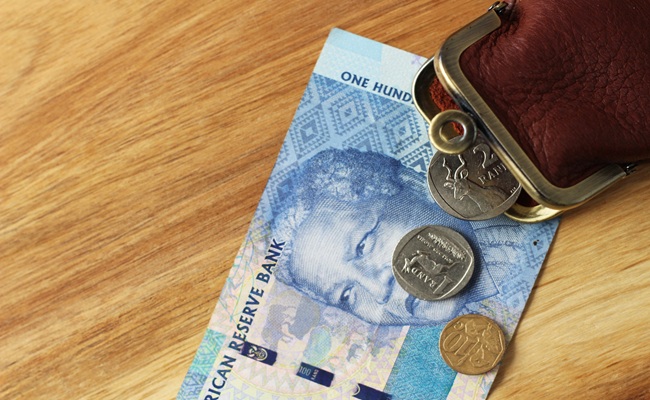A hijacking happens quickly – often in seconds – but its impact can linger for years. Beyond the shock of being confronted at gunpoint, there’s the financial fallout: the theft of your car, the excess you need to pay, the loss of mobility, possible debt obligations, and even the cost of trauma counselling.
Despite a drop in reported incidents, vehicle theft and hijackings remain a primary concern for South Africans. According to the latest police quarterly crime statistics, hijackings decreased by 15% between January and March 2025 compared with the same period a year ago. However, with 4,533 hijackings recorded in only three months – about 50 vehicles a day – the risk remains uncomfortably high.
This aligns with Santam’s 2025 Insurance Barometer, which found that 50% of consumers surveyed cited crime (including burglary, mugging and hijacking) as one of their top risks, second only to the rising cost of living.
“It’s encouraging to see the numbers trending down,” says Atang Matebesi, CEO of Santam Client Solutions. “But hijacking and theft are still far too common.”
Rudolf Britz, chief actuary at Momentum Insure, says that “roughly 80% of your premium is made up of accident cover, such as you driving into someone else, or them driving into you”.
Approximately 20% of the premiums are allocated towards theft, which includes hijacking, as the probability of such claims is relatively lower compared to accident claims.
Hijackings, however, rightly, grab more attention, given their severity. “You’ve seen this thief face-to-face. It’s really gut-wrenching,” Britz says.
Geographical shifts
Santam’s data points to an alarming trend: criminals are shifting away from traditional vehicle theft and opting for hijackings. “Hijacking gives criminals immediate access to the vehicle and its contents without having to bypass sophisticated ignition and security systems,” Matebesi explains.
This shift is also reflected geographically, as indicated by data collected by Tracker, which shows that Gauteng, KwaZulu-Natal and the Eastern Cape remain high-risk zones, with the Eastern Cape recording an 8:1 hijacking-to-theft ratio. In the metros, Midrand, Honeydew and Roodepoort recorded the highest number of hijackings in early 2025, according to Santam, which cited Tracker’s data.
Insurance premiums are based on many risk factors, and while some, like age or gender, are fixed, Momentum Insure’s Britz notes that many insurers have some form of cash-back benefit, or rewards programme that offers rebates, if you drive well.
Other ways to cut costs include choosing a higher excess. “It means a lot to the insurer to see that you’re willing to take on that additional risk yourself,” he adds.
Insurers often quote you with “all the bells and whistles, like you’ve got car hire and you’ve got all the optional extras on your insurance product that you don’t really need”, he says. “I mean, especially if you’re a first-time insurance buyer, my advice would be: Uber is always on a plan. So don’t go for car hire – you can do Uber at any time of the day.”
Do tracking devices make a difference?
In short, yes – but not always in the way drivers think. Not all vehicles with trackers are recovered and, when they are, they’re often damaged during the thieves’ search for the devices.
Still, the trend is clear. “Santam’s own claims data shows a noticeable decrease in hijacking and theft claims for vehicles fitted with two tracking systems. With two devices, the chance of vehicle recovery by tracking companies increases – if one device is tampered with by hijackers, the second device may still be functioning.”
“These underwriting interventions are making a measurable difference,” says Matebesi. “Fitting a dual tracking system doesn’t guarantee your vehicle won’t be targeted, but it significantly increases the chances of recovery. A win for everyone.”
There is the matter of cost-effectiveness, says Britz. “The cost of installing a device must be less than the reduction in premium that you get,” he adds.
While comprehensive insurance offers the broadest cover, Matebesi acknowledges that it “may not be affordable to everyone, so individuals should consider taking more affordable cover types such as ‘third party, fire and theft’ as an alternative”.
This kind of insurance policy does not cover accidental damage, but it can fully cover you if your car is stolen.
And while insurance is critical, it’s not the only line of defence. AI-powered dashcams, panic-alert buttons that link to rapid-response teams, better awareness of your surroundings and driving routes, and simply “parking in well-lit, secure locations” can all make a difference.
Top image: Rawpixel/Currency collage.
Sign up to Currency’s weekly newsletters to receive your own bulletin of weekday news and weekend treats. Register here.














